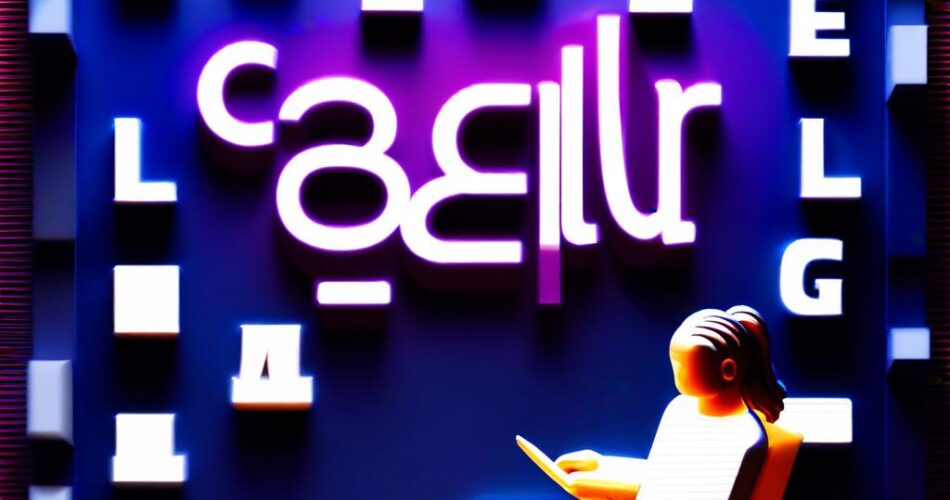The rise of Large Language Models (LLMs) has sparked a debate about the future of education. While these powerful AI systems offer unprecedented access to information and can generate human-like text, they also raise concerns about their impact on students’ learning processes. Are we teaching students to solve problems or simply remember answers in an age where LLMs can readily provide both?
On the surface, LLMs seem like a boon for students. They can effortlessly answer questions, generate essays, and even translate languages. This accessibility to information can be incredibly helpful for research and exploration. Students can quickly gather information on a topic, explore different perspectives, and even get help with their writing. This can be particularly beneficial for students struggling with specific subjects or those with learning differences.
However, the ease with which LLMs can provide answers raises a crucial question: are we teaching students to think critically and solve problems or are we simply training them to rely on AI for solutions? There’s a real risk that students will become overly dependent on LLMs, relying on them to provide answers instead of engaging in the challenging but rewarding process of independent thought and problem-solving.
This dependence on LLMs could potentially stifle the development of key cognitive skills. Students might become less adept at critical thinking, analysis, and synthesis. The ability to independently research, evaluate information, and form their own conclusions – skills vital for academic success and life in general – could be compromised.
Furthermore, the availability of LLMs raises ethical concerns. Students might be tempted to plagiarize content generated by these AI systems, leading to academic dishonesty and a devaluation of original work. This undermines the very foundation of education, which emphasizes individual effort, critical thinking, and the development of unique perspectives.
The key lies in finding a balance. Instead of viewing LLMs as a threat, we should embrace them as a tool to enhance learning. Teachers can leverage LLMs to personalize instruction, provide individualized feedback, and facilitate deeper exploration of complex concepts. This requires a shift in teaching methodology, moving away from rote memorization and towards a focus on critical thinking, problem-solving, and creative application of knowledge.
Integrating LLMs into the classroom can encourage students to:
* Use LLMs as research assistants: Students can use LLMs to gather information quickly, but they should be encouraged to critically evaluate the information and draw their own conclusions.
* Engage in collaborative learning: LLMs can be used to facilitate group discussions and brainstorming sessions, allowing students to learn from each other and develop their communication skills.
* Explore different creative writing styles: LLMs can be used as writing prompts, helping students experiment with different genres and develop their own unique writing voices.
Ultimately, the future of education in the age of LLMs lies in a collaborative effort between educators, students, and developers. By fostering a learning environment that embraces critical thinking, independent learning, and ethical use of technology, we can ensure that LLMs become a valuable tool for empowering students, not replacing their own intellectual abilities.
This journey requires a conscious effort to re-evaluate our educational goals and embrace the potential of AI while safeguarding the core values of critical thinking, creativity, and independent learning. Only then can we truly empower students to become lifelong learners and active contributors to a future shaped by technology.
